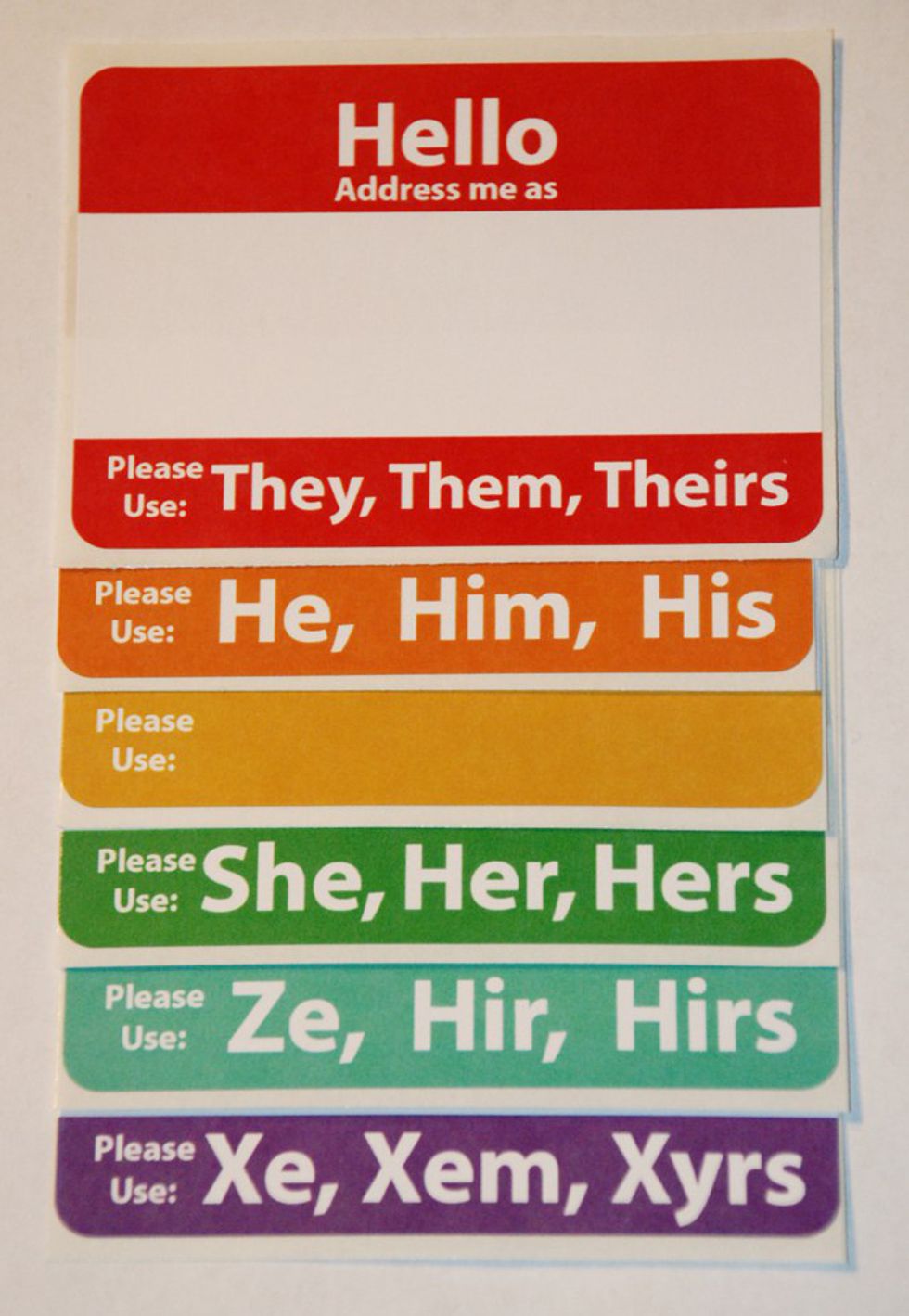I haven't been rock climbing for very long but I know one thing's for sure. It's going to be a big part of my life for a very long time. Rock climbing has quickly become my favorite hobby for so many reasons. First, It builds community. I've met so many new people and have built stronger relationships with friends while rock climbing because it's basically a big hang session when you're not actually climbing. Second, It's a physical challenge. I love the exercise that rock climbing gives you because it's a cardio workout and a strength workout at the same time. Lastly, It's a great way to get out there and appreciate the beautiful planet we inhabit. Getting into rock climbing can be incredibly intimidating but I'm going to share with you the basic essentials you'll need to get out there and start top roping like a boss.
Disclaimer: I'm just a random guy on the internet. I'm not a safety expert. Everything written in this article should be read and compared to what other people are saying so you can make an educated decision yourself.
Rope
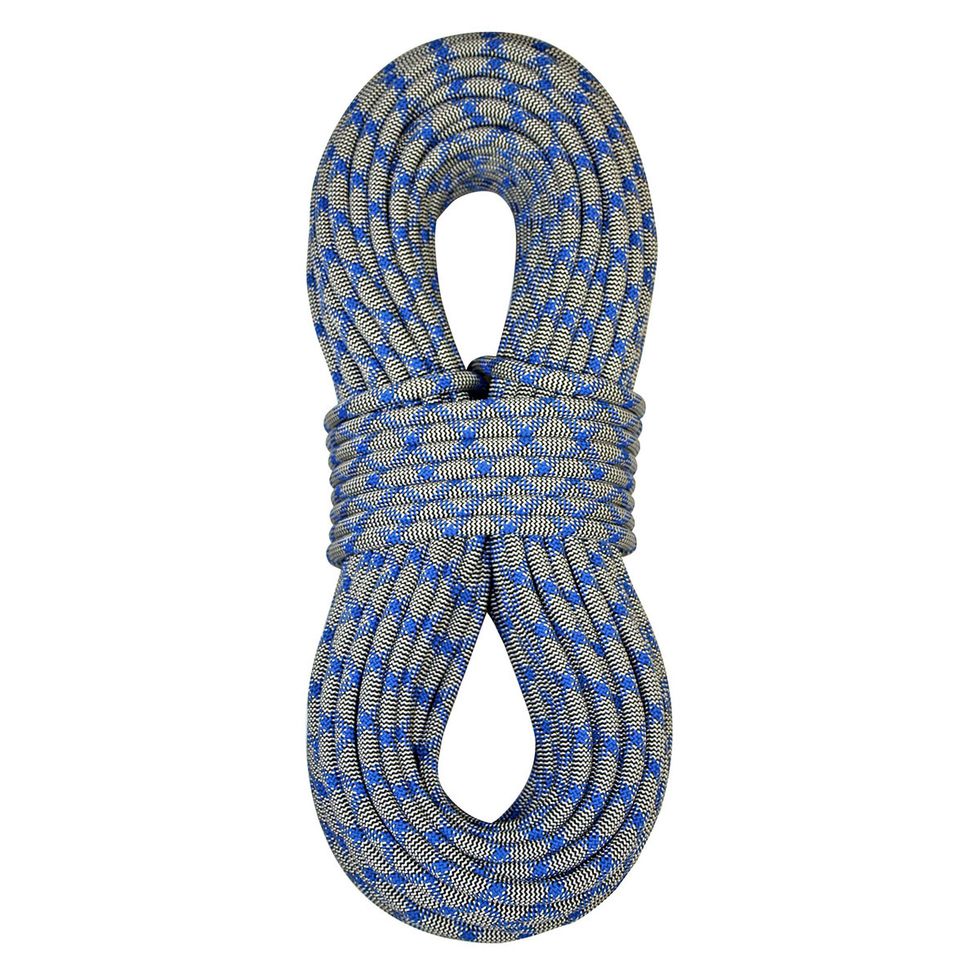
Unless you're planning on free soloing like Alex Honnold, You're going to need some rope. The most important thing is that it's a dynamic rope. If you're potentially going to be falling on this rope, it needs to be dynamic. The length depends on where you'll be climbing. For top roping, the length of your rope needs to be at least double the height of the wall you'll be climbing. A 60-meter rope is really popular among many climbers. The thickness of rope also plays a part in which you should buy and it's mostly preference. A common width would be nine millimeters to ten millimeters thick.
Harness

The harness is what keeps you attached to the rope comfortably. It's essential to both the climber and the belayer to stay connected at all times.
Belay device
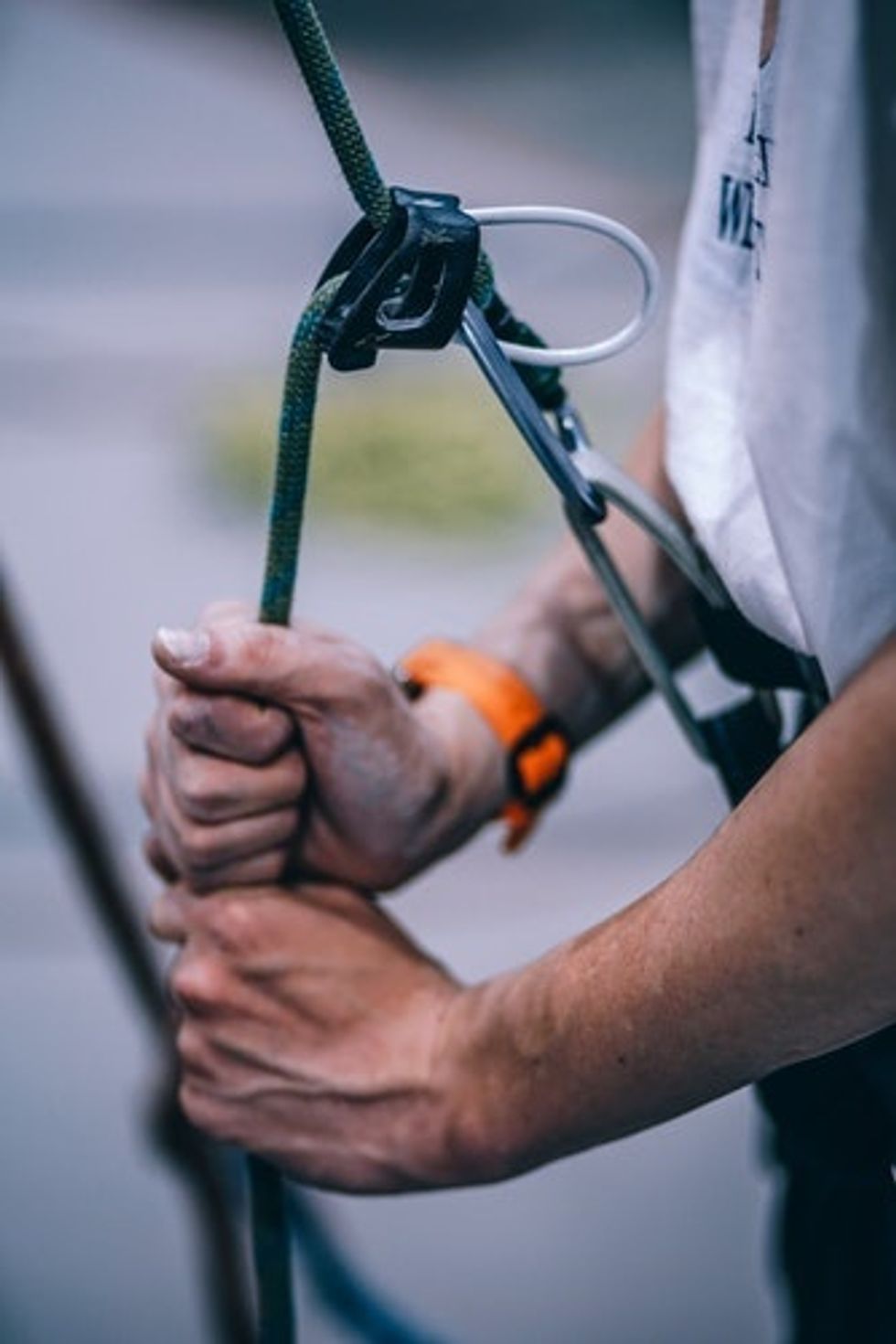
The belay device is what keeps your climber safe. The rope slides through it and when you brake, The rope in unable to slide through, holding your climber off the ground. It's best to learn on a tube belay device like the one pictured to learn good belaying habits before moving onto a more advanced belay device like the Grigri. I would also recommend taking a belay course at a local climbing gym. It doesn't take very long and it's relatively cheap for the invaluable information you will learn.
Locking Carabiners

You'll need at least five locking carabiners. One will be to connect your belay device to your harness. The other four will be to set up your anchor that you'll hang your rope from.
Webbing or Slings

A sling or webbing will be used to set up your anchor. If you don't know how to do it, talk to a more experience climber or reference this article or this video.
Climbing shoes
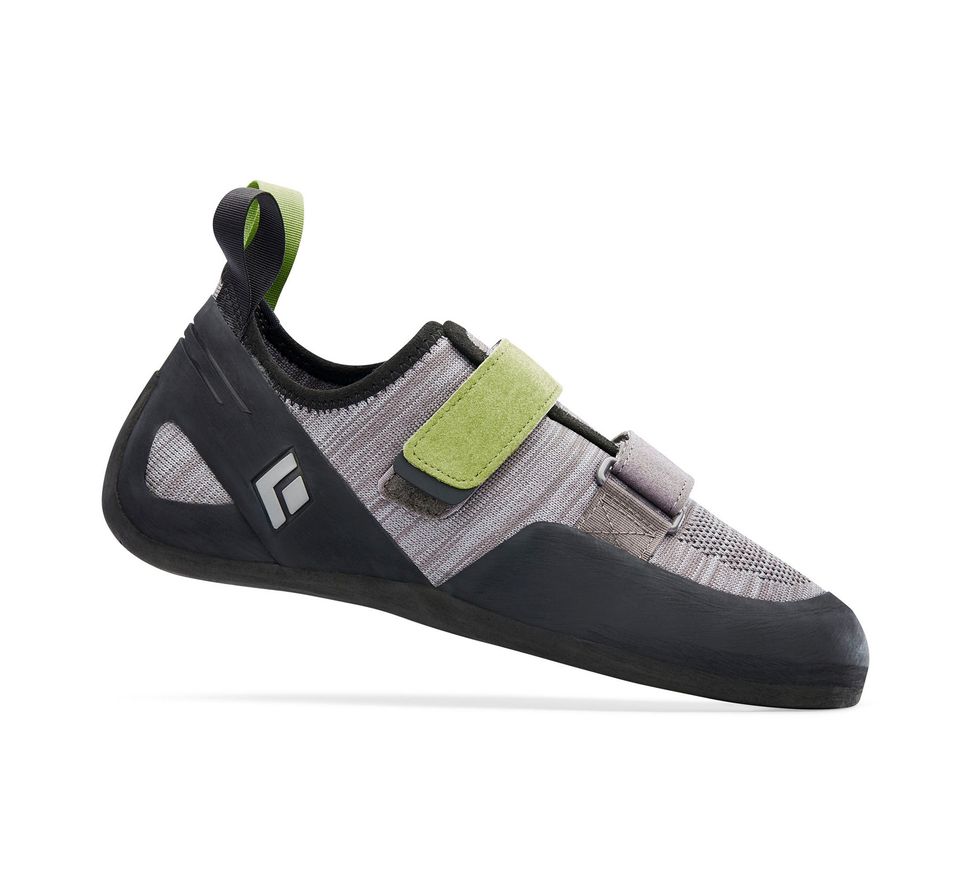
While climbing shoes aren't necessarily essential, they are incredibly important. They will inarguably help you get up the wall better than tennis shoes. They produce more friction on the wall and are more pointed so you can use smaller foot holds. Climbing shoes are the most important non-essential for rock climbing.
Chalk
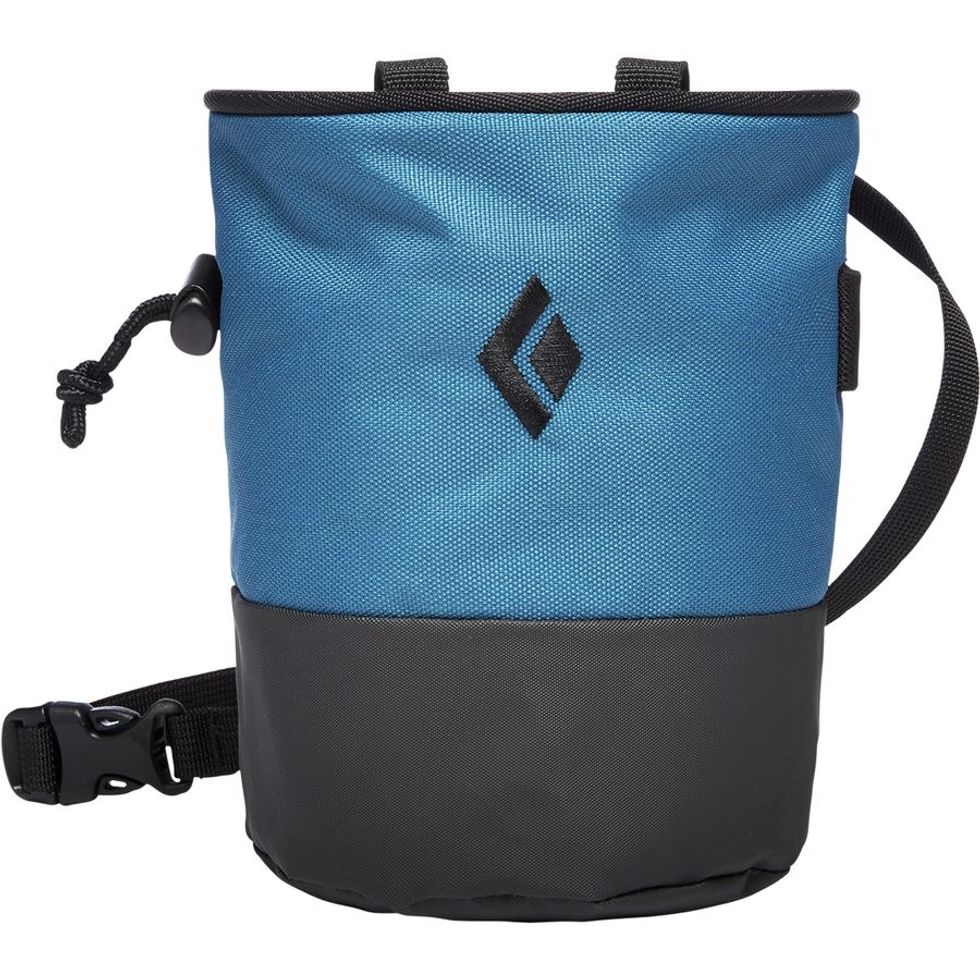
Chalk is used to dry out your hands so they aren't sweaty and slippery when you're trying to grab onto a tiny hold on the wall. Some people don't like it, but most climbers use it.
Helmet

Getting a climbing helmet is up to you. It will keep you safe from rock falls and banging your head on a roof. Some people never climb without a helmet and others never do. It's your decision to use the extra safety or not, but I would recommend you get one just to be safe.
Once you've acquired all of your gear, make sure you know how to properly belay and build an anchor. Now, you're ready to find a partner and get out on a piece of rock and start climbing. Have fun and be safe!





